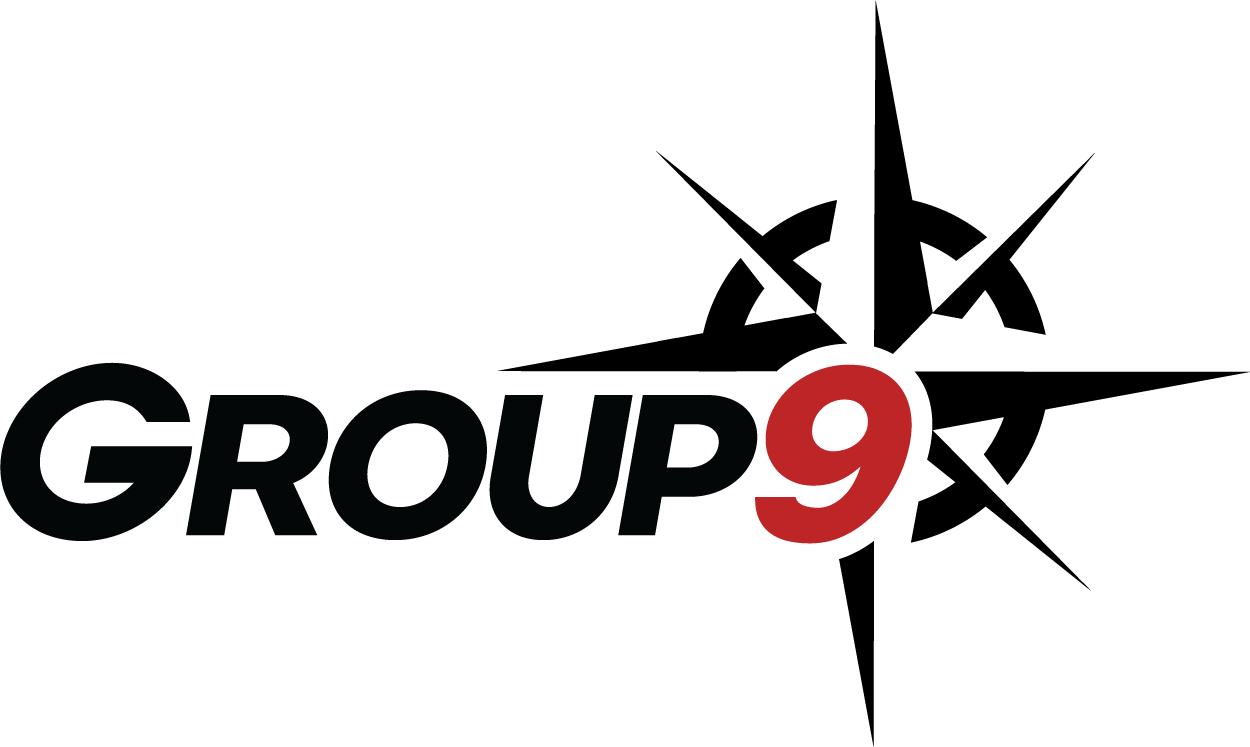In recent years, the security landscape in America has undergone a profound transformation. Faced with numerous challenges, including a sharp decline in police staffing resulting in slower response times, along with a legal and regulatory system that struggles to keep pace, the private security industry has increasingly stepped into the space once occupied by traditional law enforcement. However, this shift brings with it a host of challenges that demand a closer look.
The Decline in Blue
Recent years have witnessed a concerning 7% dip in sworn officers between 2019 and 2021, exacerbated by a surge in retirements and a discouraging drop in new recruits following the seismic events of 2020. Cities across the nation grapple with response times that have tripled in some instances, prompting a reevaluation of our approach to public safety and the role of private security within it.
According to a security director with one of the nation’s largest office property ownership groups who has over a decade of industry experience, “We recently had an event on property that we had previously handled security for ourselves. However, given the significance and high-profile nature of the gathering along with the large number of attendees I became increasingly concerned about slow law enforcement response times if a critical incident were to occur. As a result, I opted to pay a significant amount of money for a law enforcement presence in an extra job capacity.”
The Regulatory Quandary
One of the fundamental challenges facing the private security sector is the lack of a standardized regulatory framework in some instances, or its enforcement in others. This has led to a concerning trend of guards operating without proper licensing or vetting, which can create exorbitant levels of risk – such as the incidental hiring of individuals with underlying mental health issues or a history of violence. The absence of a consistent, nationwide approach to licensing and oversight can lead to shoddy protection services or, at worst, devastating consequences such as the unreasonable use of lethal force.
Training: The Achilles Heel
A critical aspect of the private security conundrum lies in the inadequacy of training. Verbal de-escalation, understanding the use of force continuum, employment of less-than-lethal tools, and other crucial skills often take a back seat as organizations increasingly prioritize billable hours and cost savings over experienced, skilled, and well-trained personnel. Whether due to poor training or inadequate resources, guards may find themselves ill-equipped to handle complex situations potentially escalating rather than mitigating conflicts. An example of this is the 2021 incident in Portland involving a fatal shooting by a security guard of an unarmed man in his vehicle in a business parking lot. In the aftermath of the incident, the security officer was convicted of second-degree murder and is currently serving a life sentence.
According to the security director interviewed for this article, “Training of security officers has always been a major concern of mine, from my previous employment on the contractor side, and now the client side. It has been my experience that when contract guard forces are mandated to do training by a client, they will do the bare minimum. As a client, I require that training records be produced and offer additional compensation for training time. I have found that footing the bill is the only way to ensure that training actually takes place. That said, I can assure you that doesn’t happen everywhere, and all too often officers are working posts with little or no training, creating huge liability for our organization and theirs.”
Wages: The Currency of Security
Complicating this already dicey landscape is the prevailing problem of low wages for security personnel. As organizations seek lowest bid security solutions, guards are often left with inadequate compensation. This not only diminishes the incentive for quality personnel to join the industry but also creates an environment where turnover is high, perpetuating the cycle of undertrained and underpaid guards.
A Call to Action: Vet, Establish, Train
In a world where personnel vetting, comprehensive training, and effective – and enforced – policies are the bedrock of security resilience, organizations must take the reins. More specifically:
- Selection: Rigorous vetting ensures qualified individuals are entrusted with the weighty responsibility of safeguarding people and assets.
- Policy: Organizations set the tone for a professional and accountable security environment by establishing clear policies and procedures that enforce effective and sound security operations. This clarity guides guards in their responsibilities and behavior, contributing to an atmosphere of safety and trust.
- Training: The importance of realistic training cannot be overstated. Investing in the development of security personnel transforms them from organizational liabilities into sentinels of safety. Organizations must prioritize effective initial and ongoing training programs which will ensure guards are prepared to handle the dynamic challenges they are likely to encounter.
It seems progressively evident that private security is here to stay, in the form of both proprietary (or “in-house”) guards and contracted security companies. The challenge, then, becomes how organizations can protect their people, property, information, and reputation by proactively fortifying their security posture. It is our strong viewpoint that investing resources in personnel development can create security forces that stand as trustworthy guardians instead of liabilities in the increasingly complex and ever-evolving threat landscape facing our modern society.
Written by: Christina Rock and Charlie Ahmad
Group Nine Risk Consulting





0 Comments